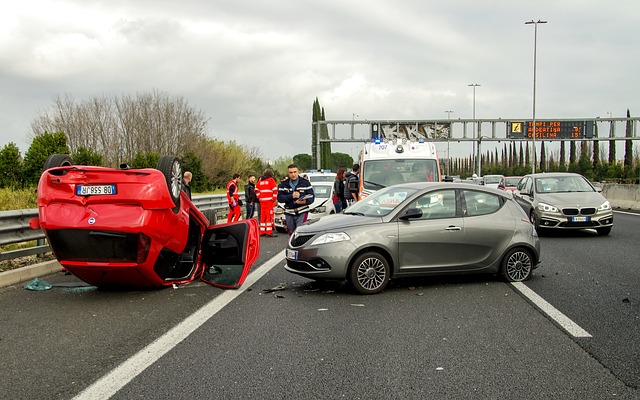Car Accident Statistics by Age
Research from the National Highway Traffic Safety Administration, 32.3% of car accidents occur in drivers under 25 years old, while only 11.9% of car accidents occur in drivers over 65 years old. Drivers between ages 25-34 are involved in up to 17% of all fatal crashes each year, representing 27 percent of all licensed drivers in the United States.
On average, within the last five years, 285 people per day were injured in crashes involving a distracted driver, and nine people died every day due to distraction, according to Distraction.gov. Over 330 deaths annually are attributed to cell phone use while driving, according to Distraction.gov. In 2010, more than 2500 people were killed in crashes involving a distracted driver.
From Distraction.gov, there are three main types of distraction: manual (taking your hands off the wheel), cognitive (not focusing on driving or not concentrating on the task at hand), and visual (taking your eyes off the road). A fourth type, auditory distraction, is also possible but less common.” Drivers under 25 seem to be more prone to distractions caused by cell phones than drivers over 65, which would lead us to believe that younger people are more likely to text while driving. However, statistics show that more car accidents occur in drivers between ages 25-34 than in any other age group.
The NHTSA reports that people between 20-24 of age make up for 17% of all fatal crashes and 27% of all licensed drivers in the United States. This finding might be because this age group is more likely to drive after drinking than older groups or are less experienced and therefore less skilled at avoiding accidents. We might also pay attention to accidents involving young people more than those involving older adults, so we notice them more appropriately.
Judge Napolitano says, “if you take your eyes off the road for 2 seconds at highway speeds an average car will travel the length of a football field. So when someone texts while driving, they’re essentially driving blindfolded.”
According to the NHTSA study on video-viewing habits of Americans released in September 2011, passengers view screens seven times more often during trips to teenage drivers than other adults while driving.
Judge Napolitano claims that the ability to divide attention is a finite resource; as one task occupying the mind increases, so makes the difficulty in attending to another job. For example, talking on your cell phone or text message while driving would be like having two conversations simultaneously: One with the driver next to you and one with whomever you are speaking/writing. Both exchanges require your undivided attention and consume your mental resources.
